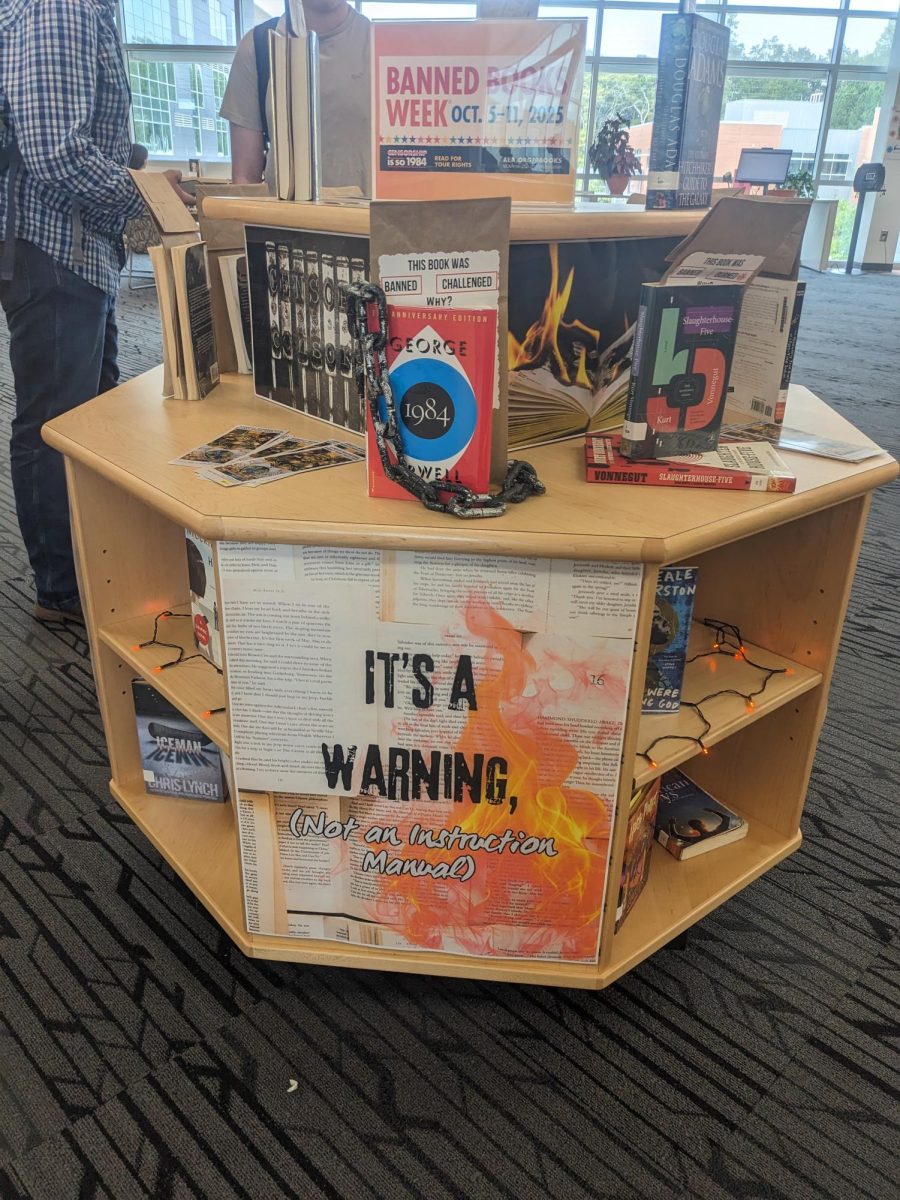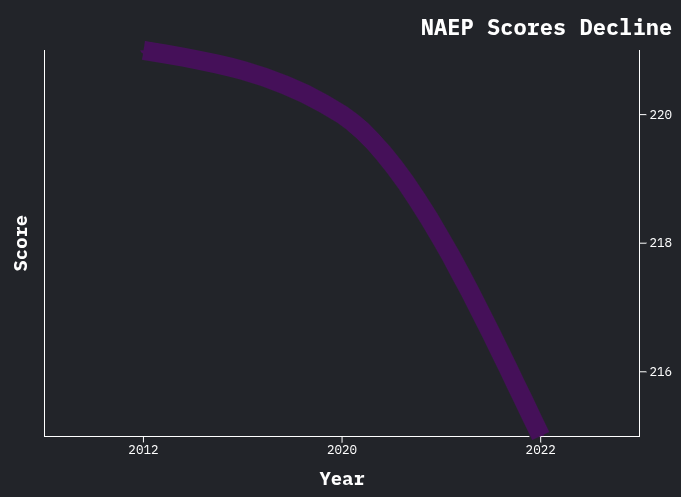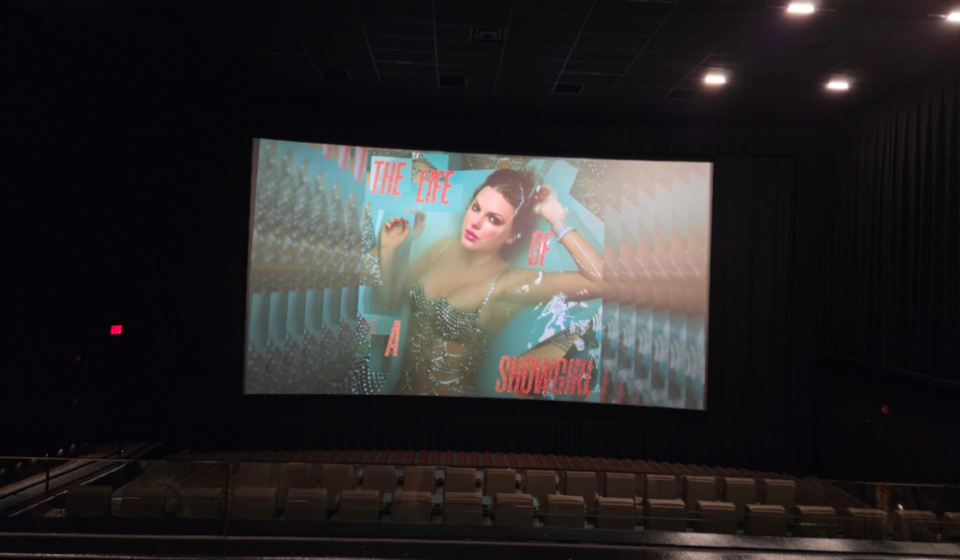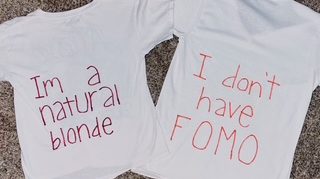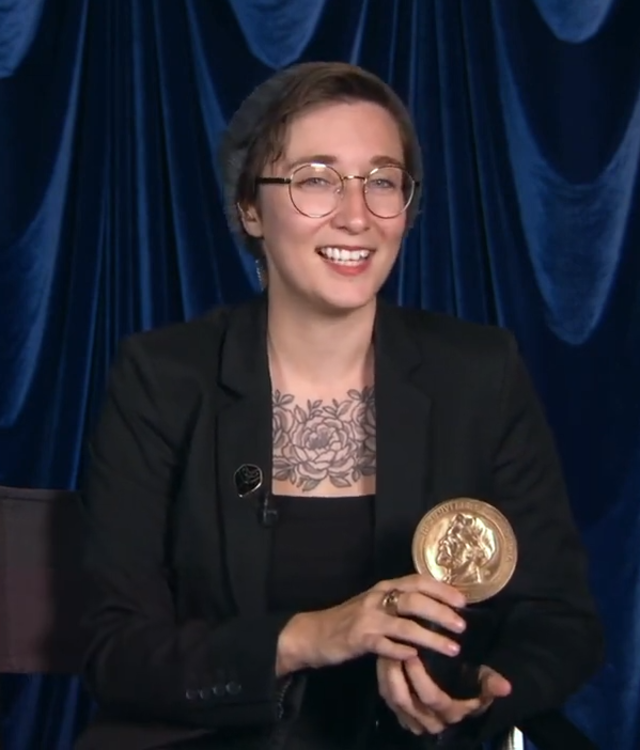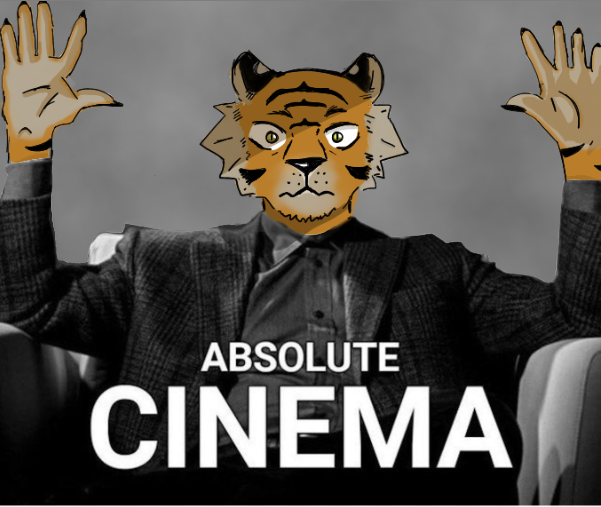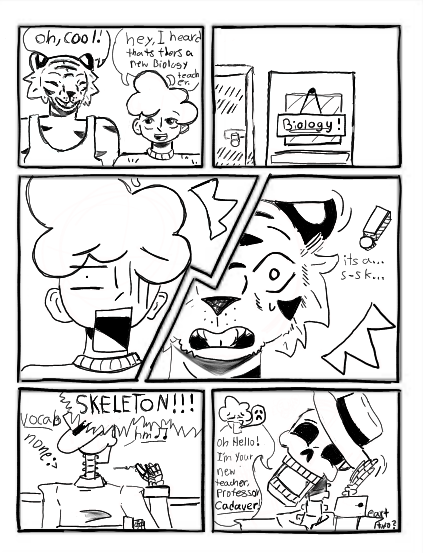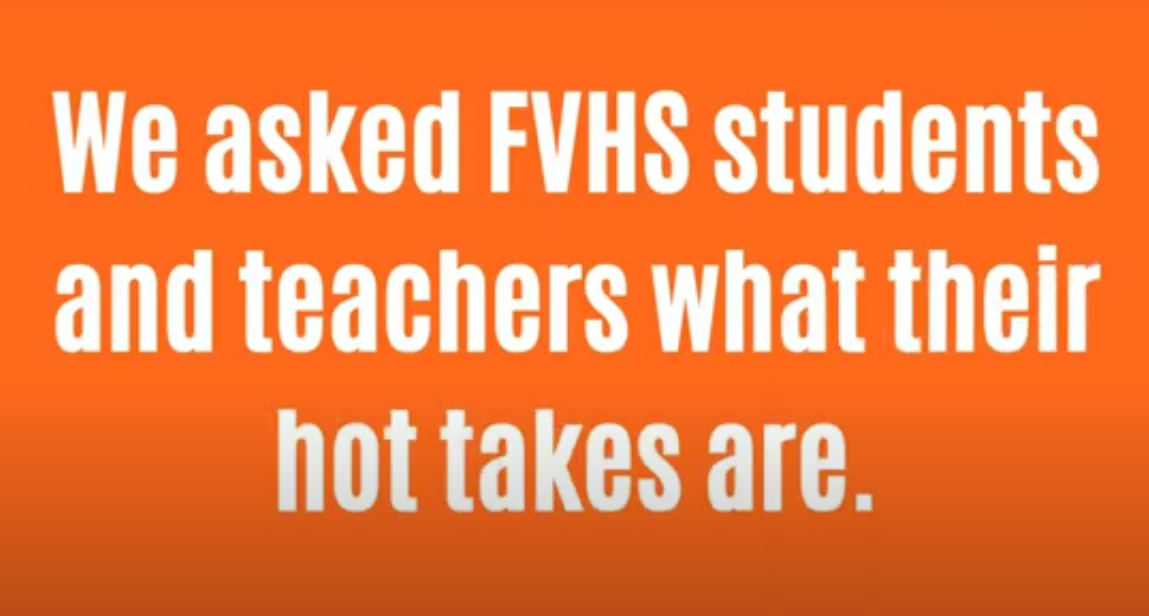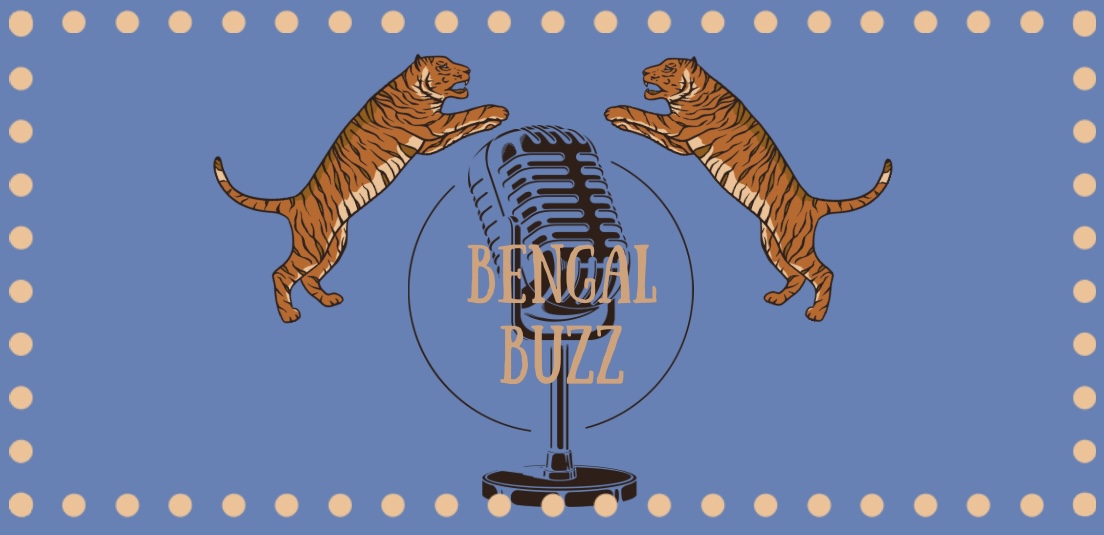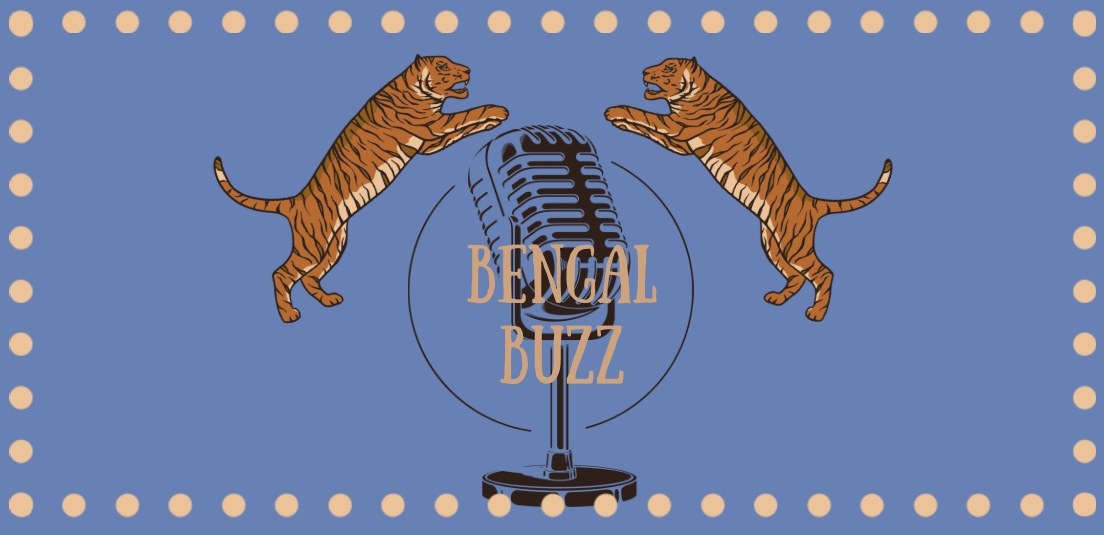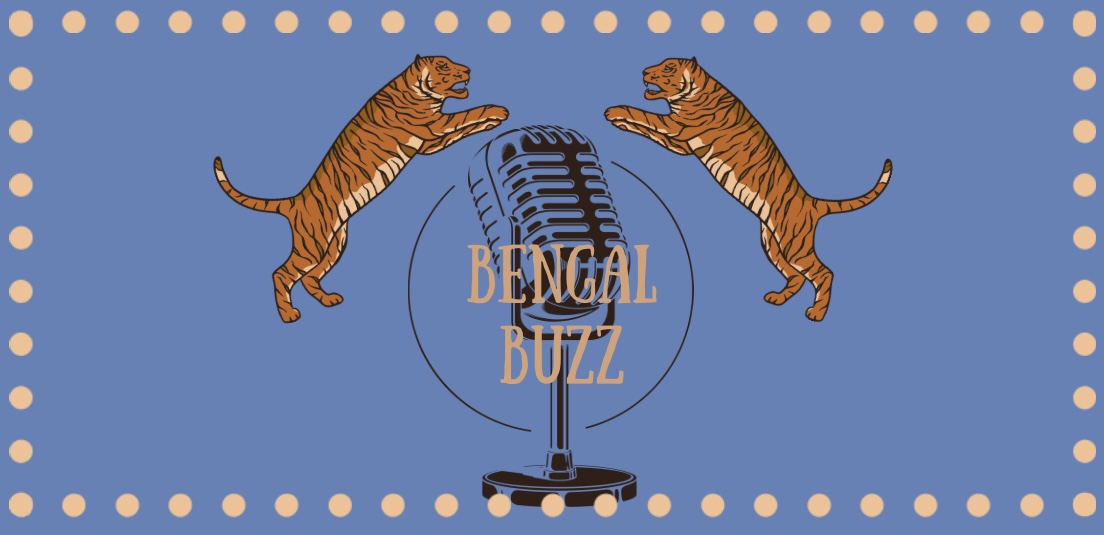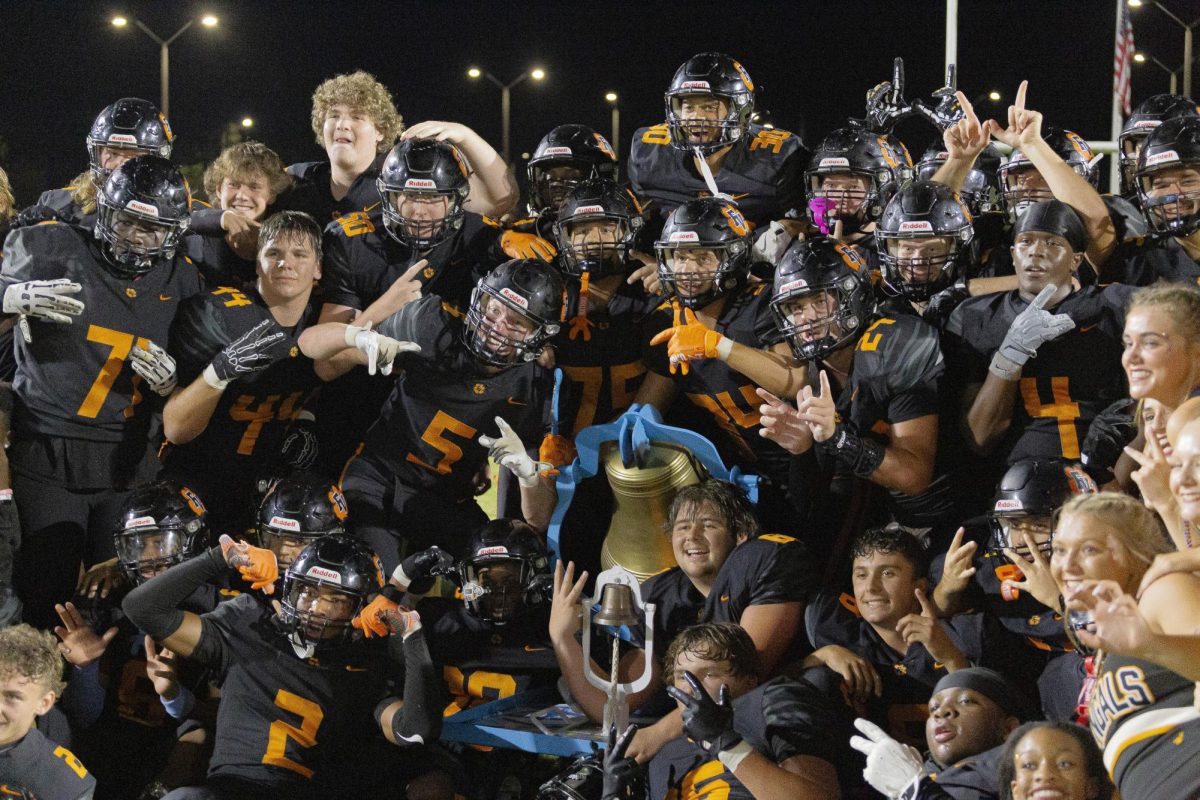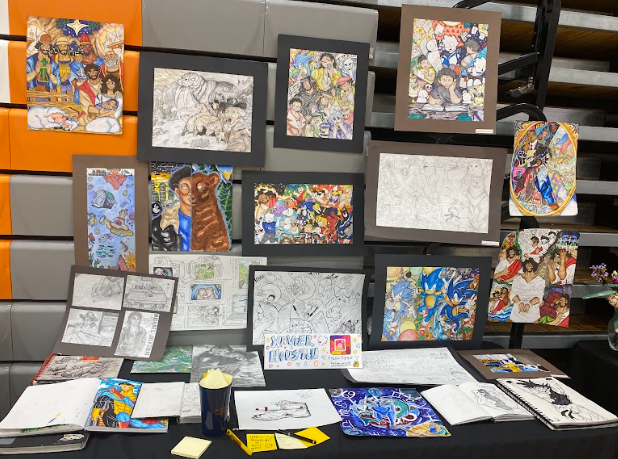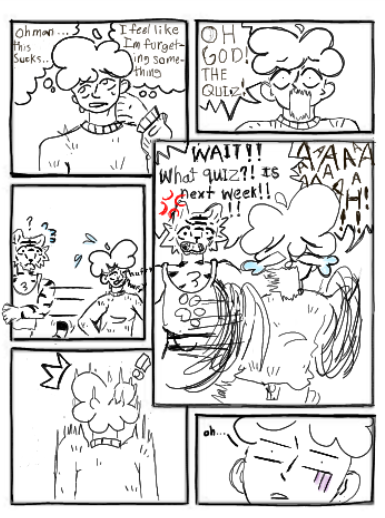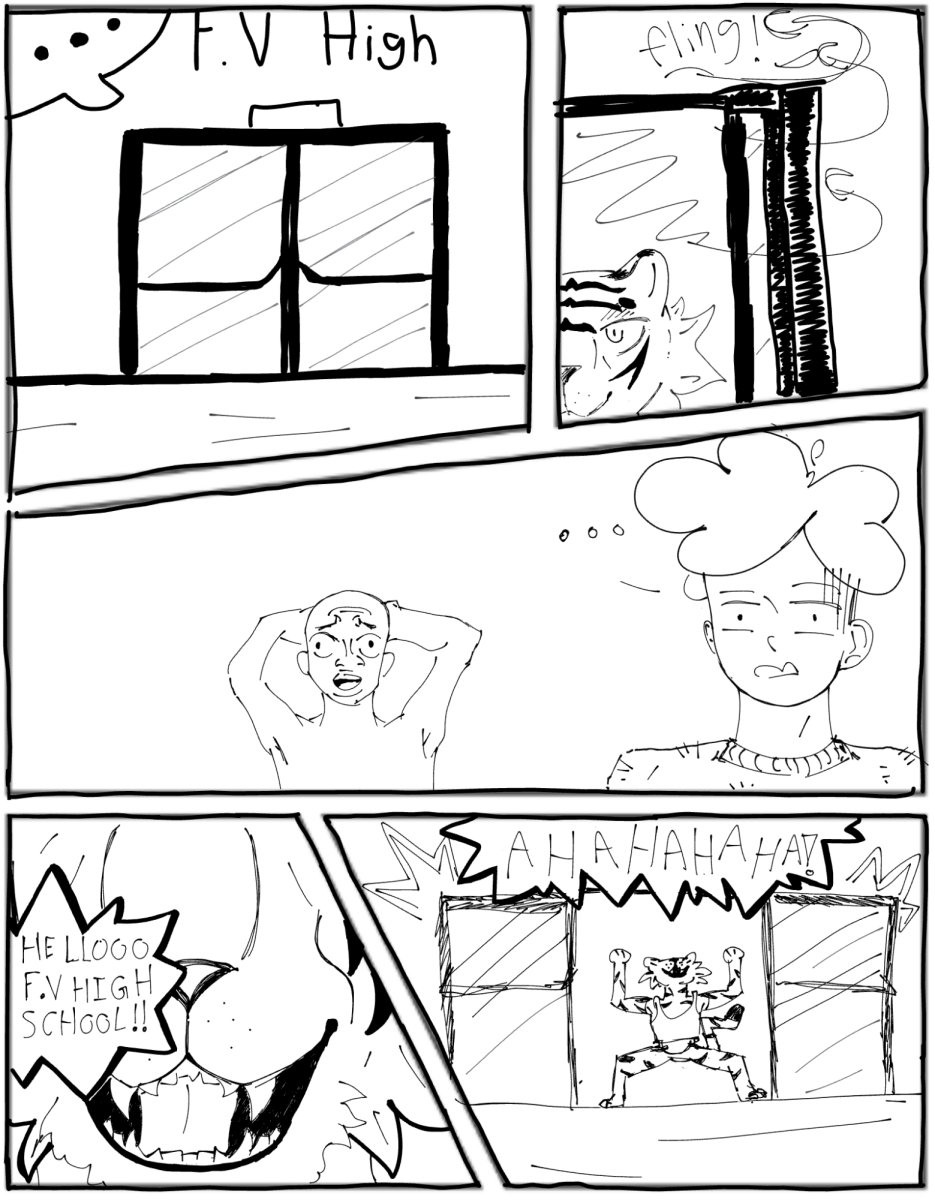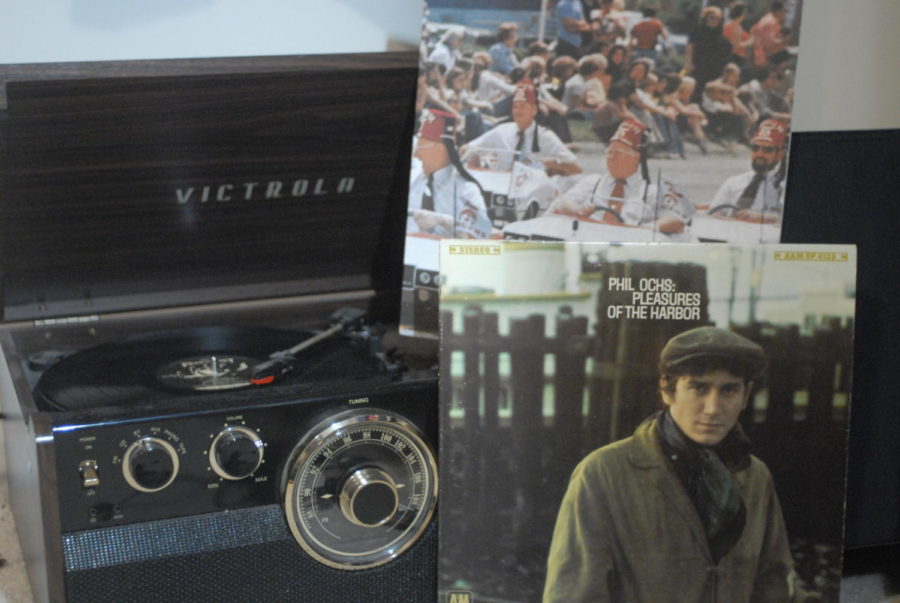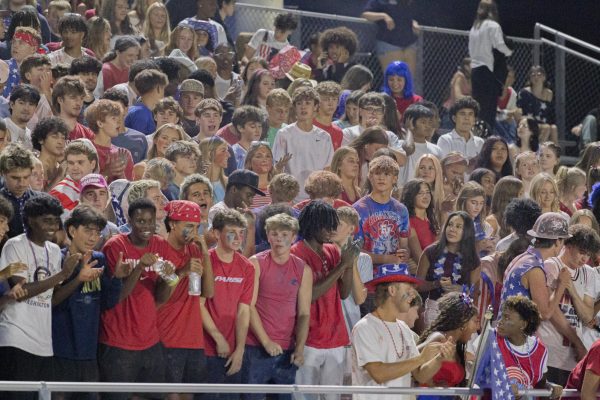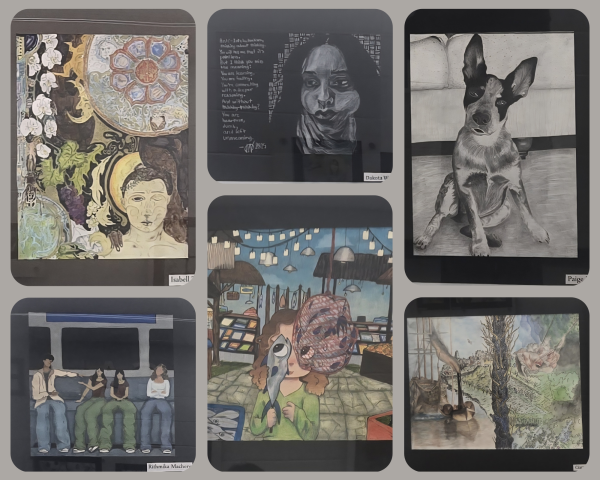Why ugly art is important
Have you ever listened to a song and hated it? We all have, but have you listened to one that the musician wanted you to hate?
This phenomenon is called ugly art, and it’s not limited to music. Artists of all backgrounds will use ugliness to make a point, such as the body horror works of HR Giger, the artist who designed the aliens for Ridley Scott’s “Alien.”
Two songs illustrate this extremely well, “The Crucifixion” by Phil Ochs and “At MY Job” by Dead Kennedys.
“The Crucifixion” is a song about the Kennedy assassination in which he uses the idea of crucifixion to criticize the media and the building up of stars to just tear them down. The themes of the clash between the praise and the eventual extensive documentation of their downfall.
This is why the song is ear-piercingly dissonant, the song opens with a cacophony of high pitch screeching from a waterphone and violin. It is shocking to absorb at first, the sound overwhelms the listener before giving them time to recover.
This is all done on purpose to give the music a way of echoing the message of the lyrics. The music allows the audience to feel the message while they internalize the words. The point of the ugliness is to bolster the telling of an unpleasant story.
“At MY Job” is a song about the monotony of working. The main character of the song is not even given a name, instead being called 6-3-0. It is all about dehumanization and feeling like your life is being worn away.
It’s fitting that the song feels like it could not end sooner. It is slow, dragging, and boring. And that is the brilliance of the song, it’s supposed to make you yearn for the next song and for it all to be over. The music puts you in the headspace of 6-3-0.
Context is extremely important to the effectiveness of “At MY Job” as a song. The song was never released as a single meaning that before the Internet the only way you could listen to this song was right in between two fast-paced exciting songs.
This contrast between the high-intensity songs between it makes the dragging, slow, effect even more potent. This effect is used masterfully to their point of conveying that work is boring and a waste of time.
The most important thing about “ugly” art, from these examples and more, is the power behind the ideas that these pieces wish to express. From the dissonant sacrifice of “The Crucifixion” to the mind-numbing boredom of “At MY Job,” these songs use displeasing aspects of their songs to speak in tandem with music to strengthen the lyrics.
Your donation will support the student journalists of Fuquay-Varina High School. Your contribution will allow us to purchase equipment and cover our annual website hosting costs.



